2025 Sustainability Goals Progress Report
Download Our Progress ReportOn behalf of the AF&PA and its members, we are pleased to present our industry’s progress towards our Better Practices, Better Planet 2030 sustainability initiative.
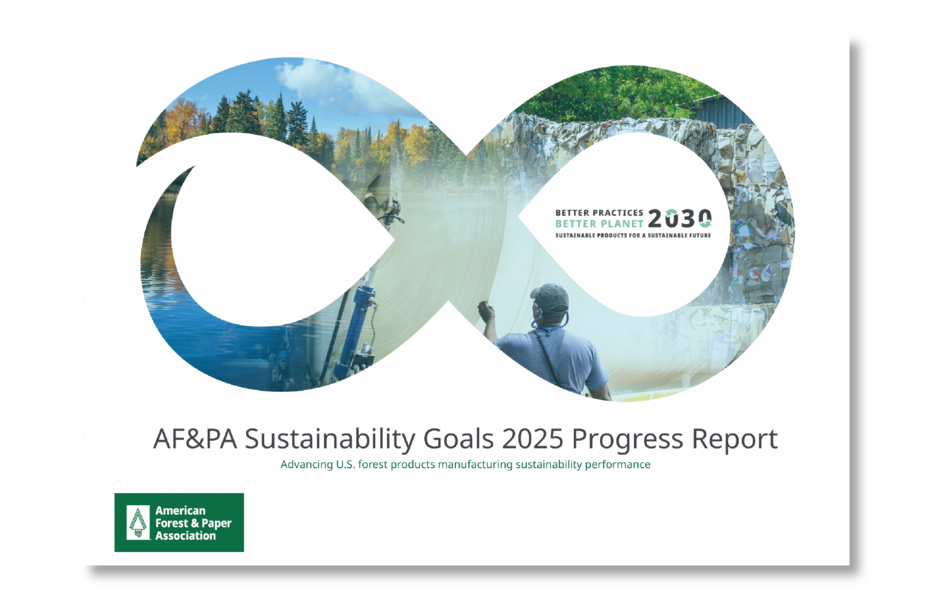
AF&PA recognizes the ongoing challenges of our changing climate and our industry GHG goals reflect our commitment to reducing emissions. Our members are committed to:
- Reduce total Scope 1 and 2 GHG emissions intensity 50% by 2030 from a 2005 baseline
- Establish a goal by 2025 for relevant Scope 3 emissions
Progress
Between 2005 and 2022, combined Scope 1 and 2 emissions for AF&PA member U.S. pulp and paper mills decreased by 36%.
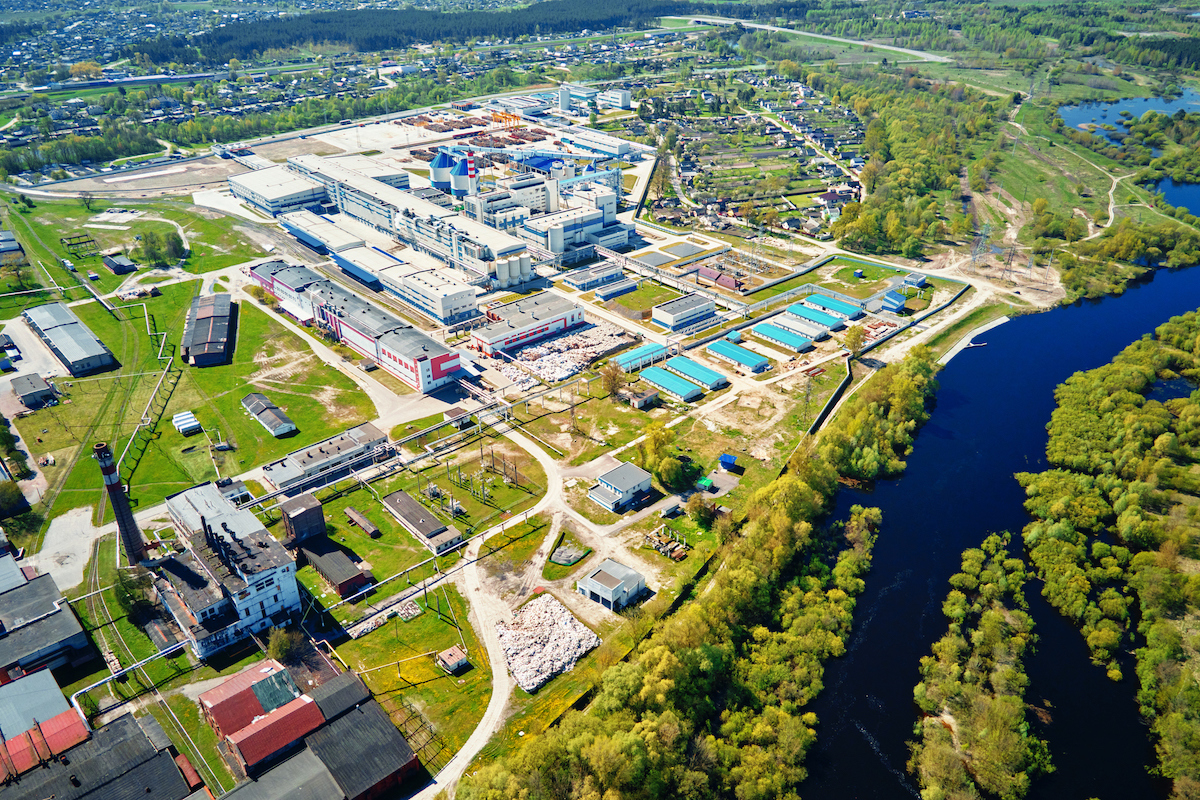
We're reducing GHG emissions by investing in energy efficiency and clean energy. We’re doing this in part by using biomass energy. That comes from the leftovers in the manufacturing process.
Related Blog
Greenhouse Gas Emissions in Paper Manufacturing
The forest products industry was one of the first manufacturing industries to set a sustainability goal to reduce GHG emissions. Since 2005, AF&PA members reduced GHG emissions more than 24%.
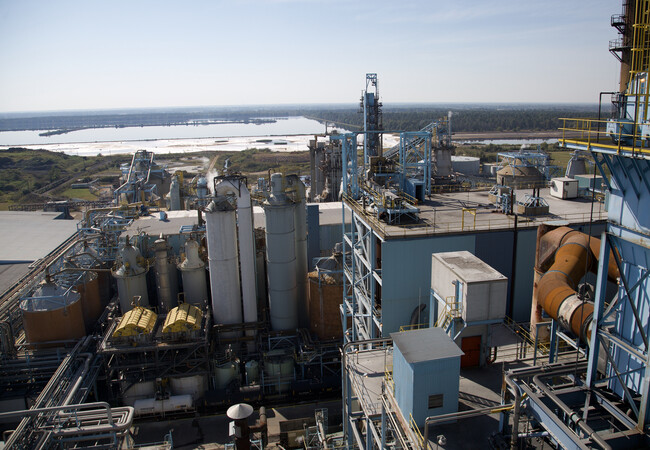
Innovation Spotlight
Sonoco’s Renewable Natural Gas Project
Sonoco and GreenGasUSA launched the Southeast’s first industrial waste to renewable natural gas project. Methane is converted to natural gas for the surrounding community to use as energy.
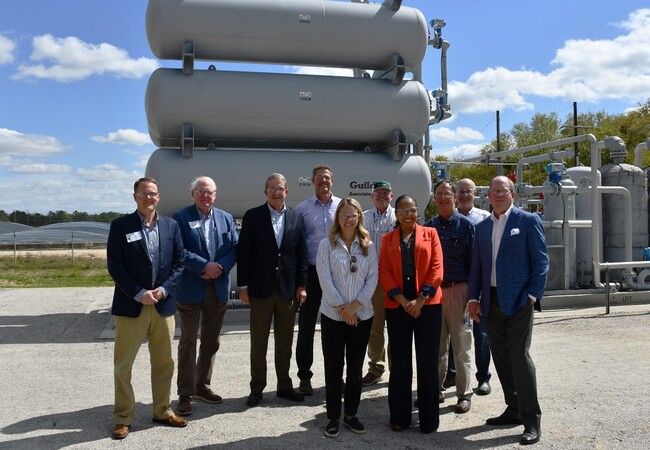
AF&PA members will meet evolving customer and consumer needs while improving the sustainability of the industry’s products through:
- Innovating manufacturing processes, products and packaging
- Increasing the utilization of recycled fiber and wood residuals in manufacturing across the industry to 50%
- Increasing the percentage of our products that are recyclable or compostable
- Collaborating with stakeholders and educating them on the contribution/value of renewable materials
Progress
In 2022, the industry achieved 47.3% utilization of recycled fiber and wood residuals in products manufactured by U.S. pulp and paper mills.
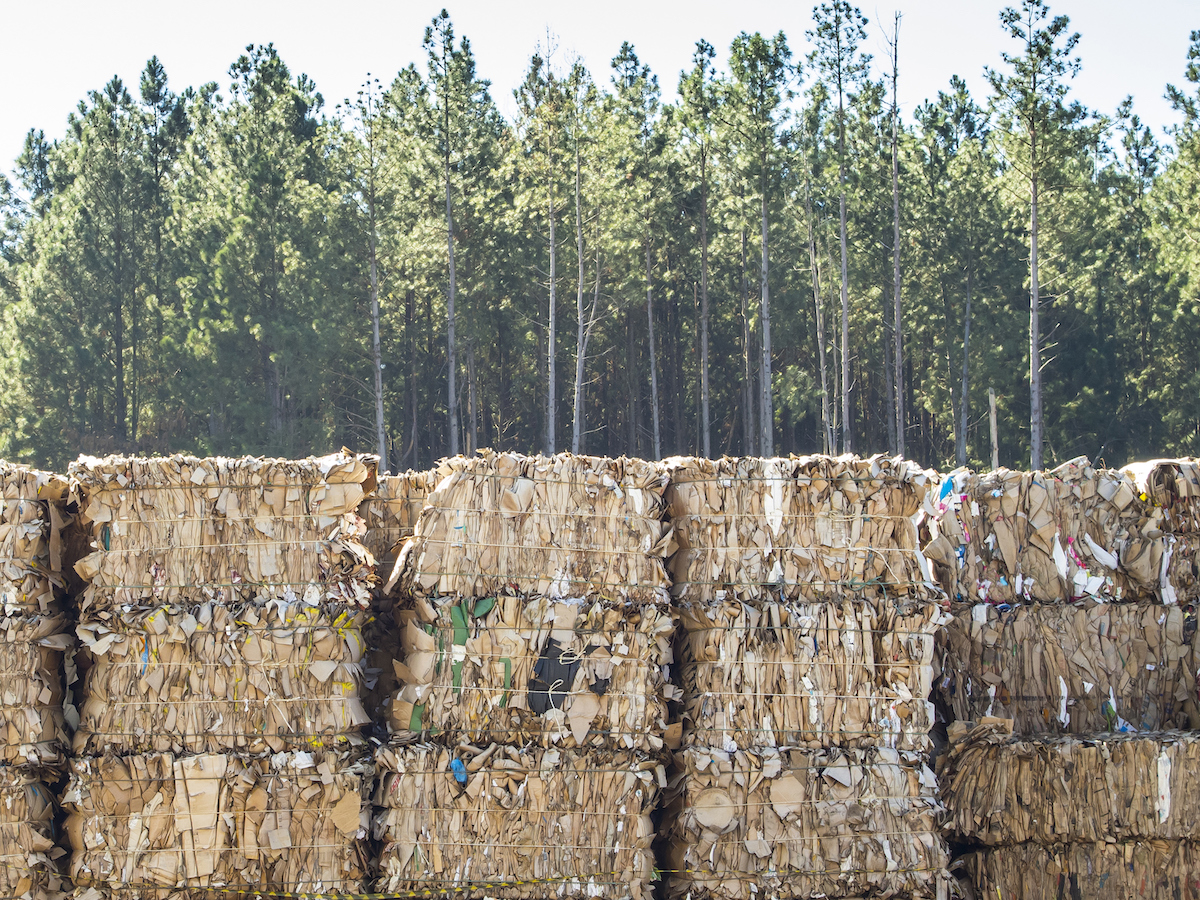
The forest products industry has a circular supply chain. Trees supply fiber and are replanted to enhance the environment. Recycled paper and packaging are turned into new products.
Related Blog
Understanding the
Circular Economy
The forest products industry is advancing the circular economy by sourcing fiber from sustainably managed forests, using biomass energy to power mills and investing in paper recycling infrastructure.
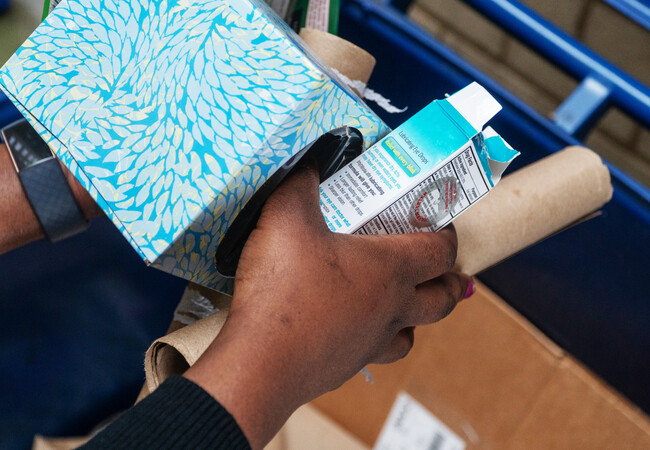
Innovation Spotlight
Clearwater Paper's Future is Fiber Initiative
Clearwater’s Future is Fiber Initiative highlights their efforts to take care of the environment, support the next generation, and respond to demands for more sustainable packaging innovations.
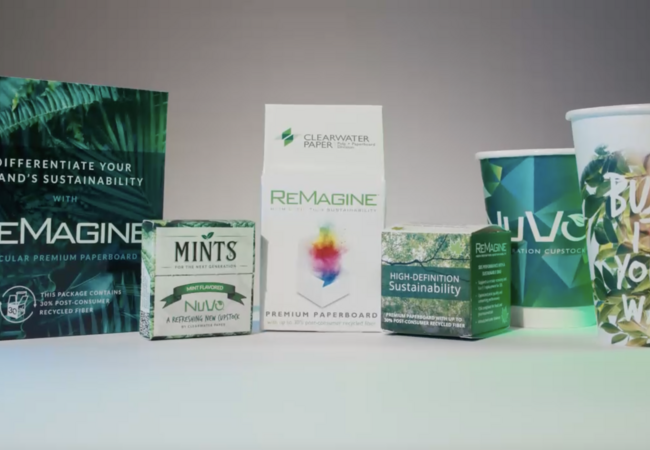
In the decade ahead, AF&PA members will:
- Recommit to the aspirational goal of zero injuries
- Implement an ongoing program to prevent serious injuries and fatalities (SIF) at all member company pulp and paper mills
Progress
In 2022, 100% of employees at AF&PA member company pulp and paper mills were covered by an active SIF prevention program.

"Goal Zero" is more than a target. It’s a mindset. Our 2030 goal focus is preventing serious injuries and fatalities (SIFs), building on the industry’s continual progress in improving worker safety.
Innovation Spotlight
Georgia-Pacific’s Save My Life Digital Work Process
Save My Life is a digital platform that was built by and for frontline employees. This system uses technology to provide a guided framework to ensure workers have the best information and control measures to prevent serious injuries and fatalities.
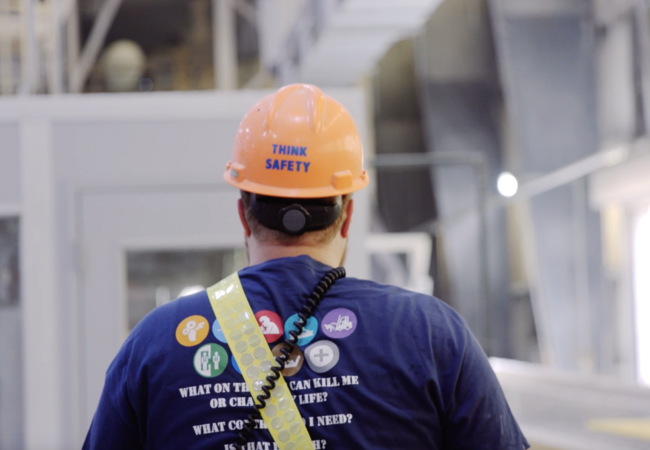
Innovation Spotlight
Smurfit Westrock's Failing Safe: Shredder Cover
A team at WestRock developed a hydraulic system to cover equipment that cuts down sheets of cardboard. The innovation improves ergonomics and significantly reduces the risk of serious injury.
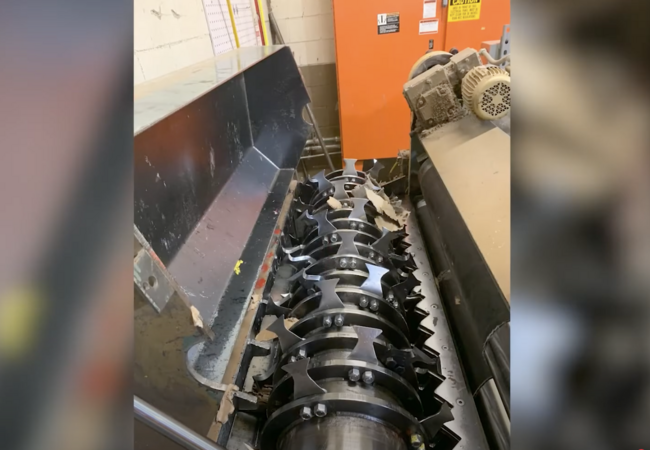
Our members commit to:
- Reach consensus on an industry-specific tool with best practices to implement a watershed approach that accounts for the local context of member mills
- Begin voluntary pilot phase in 2023-2024 of industry-specific tool to identify needed revisions
- Set goals for increasing member use of the tool by 2030
Progress
AF&PA in coordination with our members and the National Council for Air and Stream Improvement (NCASI), developed a sustainable water management tool that is currently in a pilot test phase.

AF&PA members are constantly striving to find new ways to reduce and reuse water. Our 2030 goal builds on our progress with a tool to advance sustainable water management through a watershed approach.
Related Blog
Net-Zero Water Use at Green Bay Mill
This circular water system is driving next-generation water management. Returning more water than they draw, Green Bay Packaging is helping to advance water resilience for the Fox River community.

Innovation Spotlight
Domtar Makes a Splash with Water Conservation
Through Domtar’s Water Reduction Fund, mills were tasked with creating projects that prioritized saving water, rather than a financial return. In 2023, their mills completed 10 projects that saved more than 1 billion gallons of water annually.
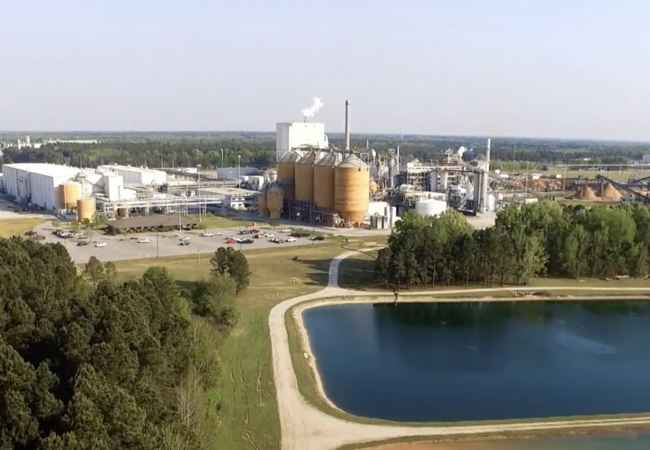
Our 2030 Goal: Advance More Resilient U.S. Forests furthers our efforts by:
- Enhancing the diverse values provided by U.S. forests, such as water, carbon, biodiversity, recreation and forest products by:
- Supporting conservation and restoration programs and initiatives
- Engaging in partnerships and investing in research, outreach and education
- Promoting sustainable forest management practices
- Committing to increased supply chain transparency regarding responsible sourcing
Progress
In 2022, AF&PA members procured 98.9% of the total wood fiber from forests that was used to manufacture products through a certified fiber sourcing program.

Sustainable forest management is critical for the future of our nation’s forests. Our 2030 goal advances resilient U.S. forests to increase biodiversity, carbon storage, water and recreation.
Related Blog
How the Paper Industry Champions Sustainable Forestry
Working forests are carefully managed by landowners, foresters, engineers, scientists and harvest managers. These professionals help ensure the trees are healthy and maintain the forest ecosystem.
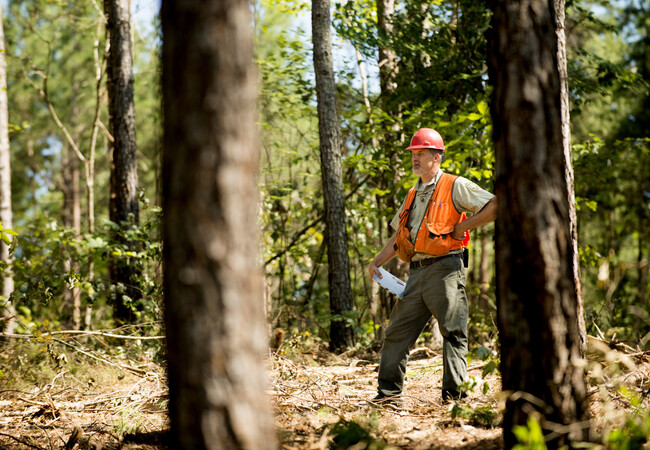
Innovation Spotlight
Promoting Forest Bird Awareness and Conservation
International Paper (IP) and the American Bird Conservancy teamed up to integrate bird conservation into IP’s wood sourcing program and promote bird friendly forests for private landowners.

Member Spotlight: Domtar
Forests are home to more than trees. Domtar’s biodiversity efforts help keep plants and wildlife plentiful in the communities where they operate.

Photo credits: Clearwater Paper, Domtar, International Paper, Smurfit Westrock, and Sonoco.

